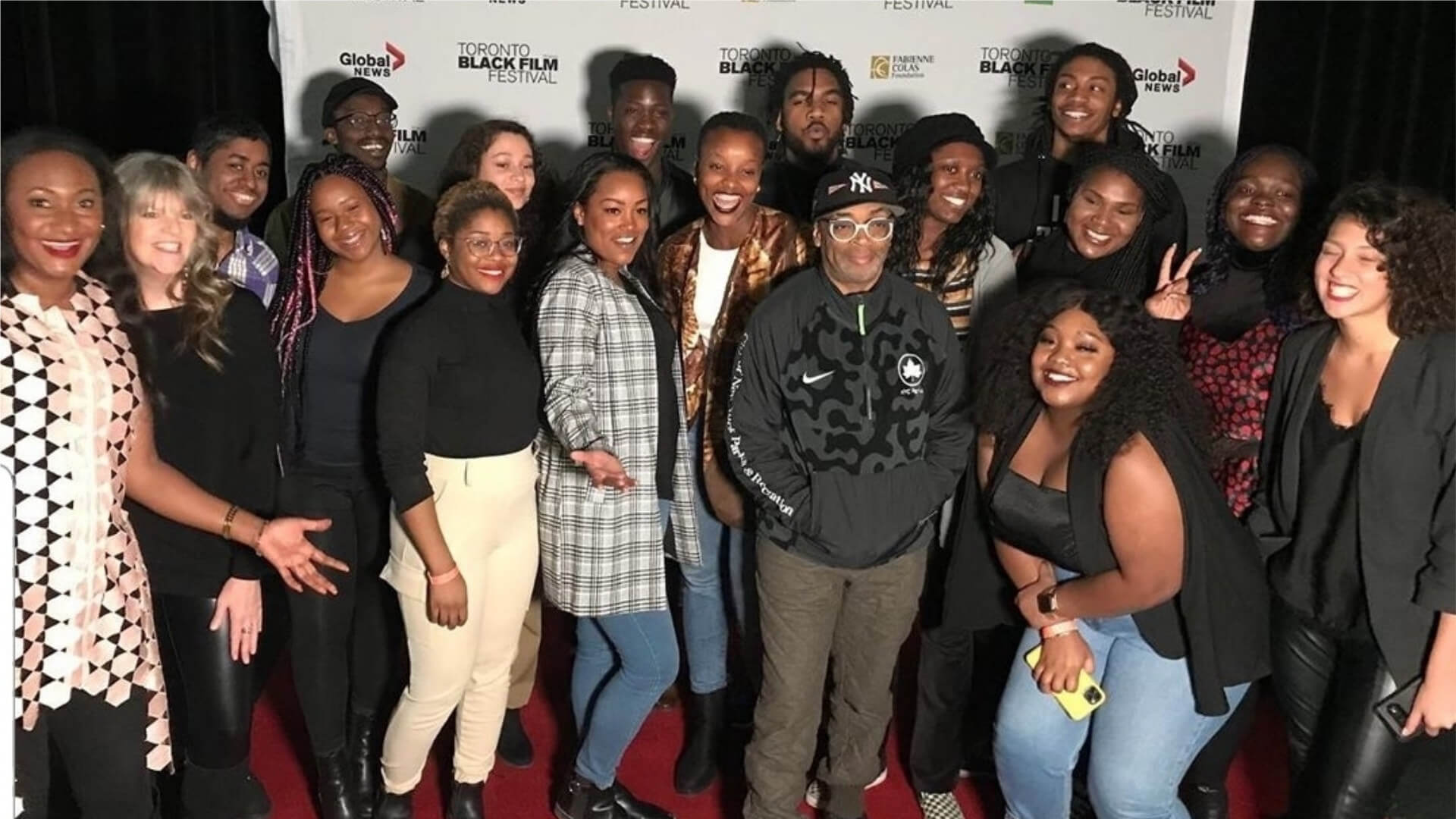Minister O’Regan receives Task Force report on Employment Equity Act modernization
The Employment Equity Act was created in 1986 to help knock down the barriers that prevent marginalized communities from achieving their full potential in the workplace. It mandates fairness, equality and equitable inclusion for employees in federally regulated workplaces.
Since 1986, Canadian workplaces have changed and evolved, as has Canada. This progress has necessitated an Act that has also evolved to reflect the realities of today’s workplaces. The Government launched a task force chaired by Professor Adelle Blackett to undertake the most comprehensive review of the Employment Equity Act since its introduction in 1986. That report is very clear: “Diversity is fact. Inclusion is a choice. Equity is the law.”
On December 11, Minister of Labour, Seamus O’Regan Jr. and Professor Blackett announced the release of the Employment Equity Act Review Task Force’s final report: A Transformative Framework to Achieve and Sustain Employment Equity. The report represents the culmination of the Task Force’s extensive research and engagement with Canadians, stakeholders and subject matter experts, providing concrete, independent and evidence-based recommendations on how to bring the Act into the 21st century.
The release of the report comes on the heels of Human Rights Day, which is celebrated every year on December 10 to mark the day on which the United Nations General Assembly adopted the Universal Declaration of Human Rights in 1948.
The Government welcomes this report and the reality it presents as an opportunity for reflection, for assessment, and for action. The Government broadly supports the Task Force’s recommendations for transforming Canada’s approach to employment equity. In response, Minister O’Regan announced the Government’s initial commitments to modernize the Act. These include:
- Creating two new designated groups under the Act: Black people and 2SLGBTQI+ people;
- Replacing the term “Aboriginal Peoples” with “Indigenous Peoples,” and updating the definition to include First Nations, Métis and Inuit and to ensure it is consistent with the United Nations Declaration on the Rights of Indigenous Peoples Act;
- Replacing the term “members of visible minorities” with “racialized people” and updating the corresponding definition; and
- Aligning the definition of “persons with disabilities” with the Accessible Canada Act to make it more inclusive.
These are first steps. The Government will soon begin consultations with affected communities and organizations representing unions and employers, on how best to effectively implement these changes, and how other Task Force recommendations could be implemented. The Government will then introduce legislation to bring the Act into the 21st century.
On behalf of the Government, Minister O’Regan thanks Professor Blackett and the Task Force for carrying out this important work. Their recommendations will shape the path forward for employment equity in Canada. Thanks to their efforts, a renewed Act will be created that better reflects the realities of today’s Canada and will create a more vibrant and diverse workforce. Most importantly, it will help build a country where everyone has a fair and equal chance to reach their full potential.
Quotes
“When you include everyone, you get the best. Professor Blackett’s comprehensive final report outlines what we need to do to achieve and sustain true employment equity in Canadian workplaces. It is our responsibility to make sure the hard work done here results in real change for every worker and workplace in this country.”
– Minister of Labour and Seniors, Seamus O’Regan Jr.
“We are often told that diversity is a fact, and inclusion is a choice. In Canada, there is more and it is crucial: equity is the law. Our 12-person task force heard loud and clear throughout extensive consultations that it is urgent to reform the law to achieve and sustain employment equity. Our report shows that history matters, reviews the evidence and sets out a transformative framework that is built on substantive equality law, including international law. It explains how to remove workplace barriers, foster meaningful consultation, and ensure that workplaces can count on regulatory support. Canada has an opportunity to lead by cultivating a legacy of equitable inclusion in flourishing workplaces where we all belong.”
– Adelle Blackett, Professor of Law and Canada Research Chair in Transnational Labour Law at McGill University and Task Force Chair
Quick facts
- Professor Blackett Adelle Blackett, F.R.S.C., Ad. E., is Professor of Law and the Canada Research Chair in Transnational Labour Law at the Faculty of Law, McGill University. She holds a B.A. in History from Queen’s University, civil law and common law degrees from McGill, and an LL.M. and a doctorate in law from Columbia University. Her expertise and leadership on human rights and equitable inclusion in the workplace have been recognized in Canada and internationally.
- On July 14, 2021, the Government launched the Employment Equity Act Review Task Force, which had the mandate to undertake an independent review of the Act. Operating at arm’s length from the Government, the Task Force consulted extensively with Canadians, employer and worker organizations, civil societies, experts, governmental authorities as well as other stakeholders and communities. Based on the feedback received and broad research work, the Task Force provided concrete, independent and evidence-based recommendations to the Minister of Labour on how to transform the employment equity framework. For more information on its work, consult the Task Force’s report or the report’s executive summary.
- The Universal Declaration of Human Rights states that each person is entitled to fundamental rights, including the right to equality, and the right to life, liberty and security of the person. It also recognizes the right to freedom of religion and speech and the right to participate in the cultural life of the community. Canada played a central role in drafting the declaration.
- In parallel with the work to modernize the Act, the Government continues to advance equity and inclusion through various initiatives, such as the Federal Anti-Racism Secretariat, the 2SLGBTQI+ Secretariat and Canada’s Disability Inclusion Action Plan.
- The Labour Program ensures employers understand their obligations under the Employment Equity Act and its requirements to reduce employment barriers through the Legislated Employment Equity Program and the Federal Contractors Program.
SOURCE Government of Canada




